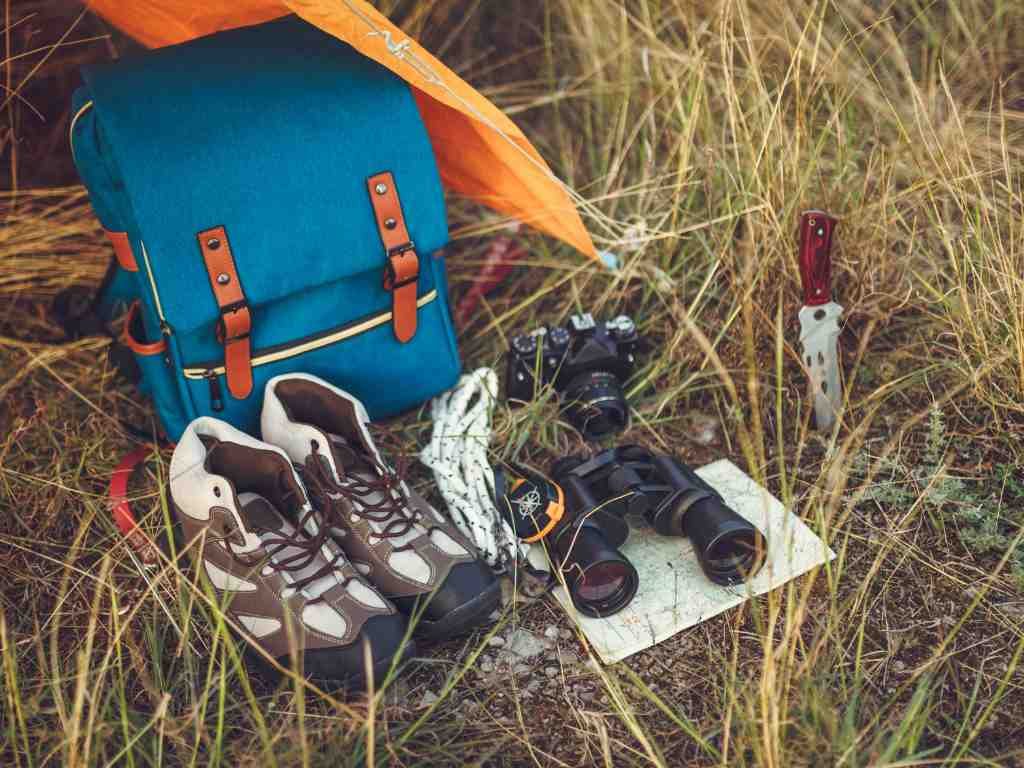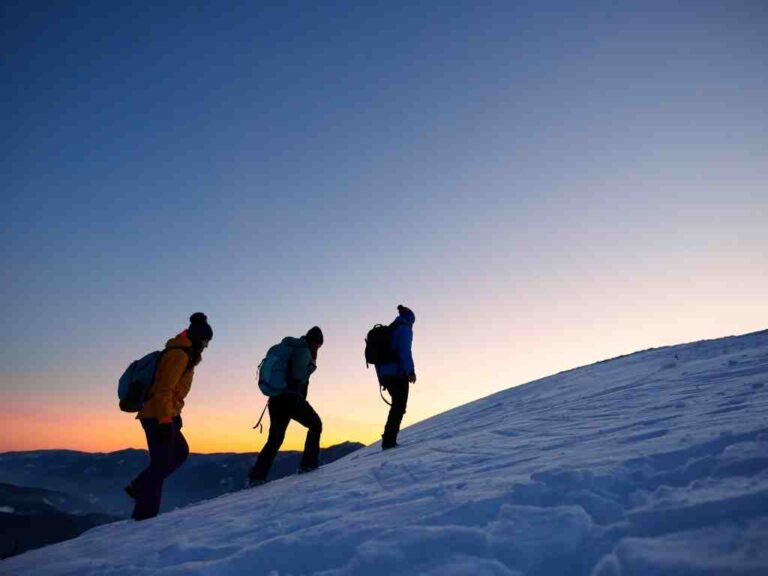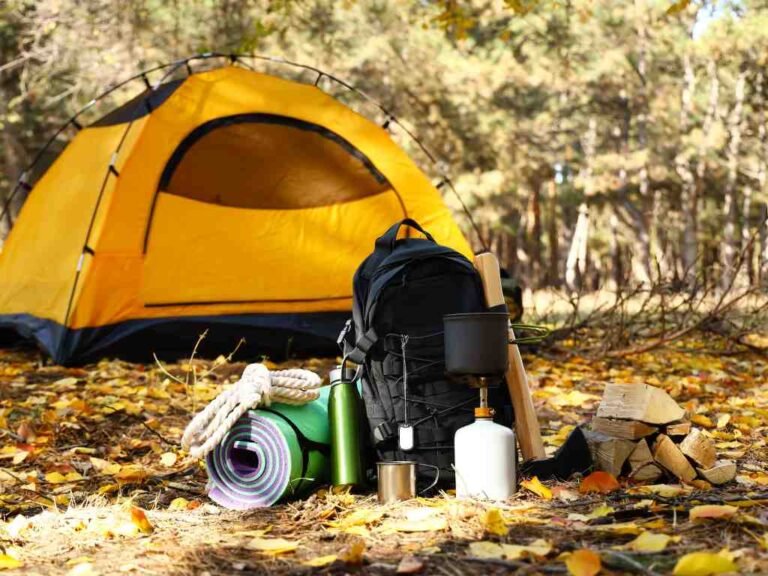
Essential Clothing for Hiking
When embarking on a hiking adventure, the right clothing is pivotal to ensure comfort, safety, and overall enjoyment. The first layer of your clothing system should be a moisture-wicking base layer, which serves a functional purpose by drawing sweat away from the skin. This helps regulate your body temperature and reduces the risk of chills on colder days. Materials that excel in this category include synthetic fabrics such as polyester and nylon, as well as natural fibers like merino wool. These options are not only highly effective but also lightweight, allowing for ease of movement.
Next in the layering system is the mid-layer, which is crucial for insulation. The selected mid-layer should maintain warmth while allowing moisture to escape. Fleece is a popular choice for this layer due to its excellent thermal properties and breathability, making it suitable in cool and moderately cold conditions. However, when tackling extreme climates, one may consider using down or synthetic insulated jackets, which provide superior warmth without adding excessive bulk.
The outer layer is your line of defense against adverse weather conditions. A waterproof and breathable shell is essential for protecting against rain, wind, and snow. Look for jackets with features such as adjustable hoods, cuffs, and ventilation options to enhance comfort during challenging hikes. Common materials include Gore-Tex and similar waterproof fabrics that ensure both protection and breathability.
Layering is not just about warmth; it allows you to adapt to changing weather conditions. As you ascend to higher altitudes, temperatures can fluctuate significantly. Being able to add or remove layers quickly ensures that you maintain an optimal body temperature throughout your hike. Choosing the right combination of clothing based on the unique environment and weather patterns will enhance your outdoor experience, making it imperative to invest in quality hiking attire.
Footwear: Finding the Right Hiking Boots
Choosing the appropriate hiking footwear is crucial for both performance and safety while tackling mountainous terrain. Whether you are a casual hiker or a seasoned adventurer, selecting the right hiking boots can significantly affect your overall experience on the trail. It is essential to consider various factors such as foot type, the nature of the terrain, and the season when making your selection.
First and foremost, different types of hiking footwear are available to cater to various needs. Hiking boots are typically categorized into three main types: lightweight, midweight, and heavyweight boots. Lightweight boots are ideal for day hikes on well-maintained trails, while midweight options offer additional ankle support and stability for more challenging terrains. Heavyweight boots, designed for rugged conditions and extended backpacking trips, boast durable materials and robust construction. It is important to match your footwear choice not only to the type of hike you plan to undertake but also to your foot’s specific characteristics, such as arch height and width.
Fit is another critical aspect to consider when selecting hiking boots. A proper fit helps to prevent injuries and blisters, allowing for a more enjoyable experience on the trail. Before making a purchase, always try on boots in the late afternoon, as feet tend to swell throughout the day. Ensure there is enough room in the toe box for your toes to wiggle comfortably and check for adequate heel support to prevent slipping. Additionally, cushioning and insole options can enhance your comfort during long walks.
Finally, breaking in new hiking boots is essential to avoid discomfort on your adventures. Gradually wear your new boots on short hikes, allowing them to conform to your feet. This process will help to reduce the risk of blisters and ensure a secure fit while you embark on your hiking endeavors.
Essential Gear and Accessories
When preparing for a successful hiking expedition, having the right gear and accessories is paramount. One key item is trekking poles, which provide vital support while traversing uneven terrain. They help to maintain stability, reduce the strain on your legs, and can even improve your posture, ultimately making your hike more enjoyable and less physically taxing.
- Brand: Cascade Mountain Tech|Shaft Material: Aircraft- grade 6061 aluminum|Tip Material: Tungsten carbide|Single Pole Weight: 10.4 ounces|Grip Material: Cork|Extended Grip Material: EVA|Fully Extended…
A high-quality backpack is another essential component of any hiking gear arsenal. Look for one that not only has a comfortable fit but also offers sufficient capacity to store your belongings. Features such as padded shoulder straps, a hip belt, and multiple compartments for organization can enhance your hiking experience, allowing for easy access to essentials like snacks and extra clothing layers.
Hydration systems, including water bottles and hydration packs, are critical for staying hydrated during your hikes. Dehydration can lead to fatigue and decreased performance, making it imperative to have a reliable system. Consider options that enable hands-free drinking, as this can simplify the process and keep you focused on the trail.
Navigation tools, such as maps, compasses, or GPS devices, are equally important to ensure you stay on the right path. A reliable navigation system can prevent you from getting lost and help you explore new trails with confidence. Additionally, incorporating safety gear into your hiking kit can significantly enhance the overall experience. A well-stocked first aid kit ensures that you are prepared to handle minor injuries, while an emergency whistle can be invaluable in case you need to signal for help.
- DESIGNED BY EMERGENCY EXPERTS FOR OUTDOOR USE: Our 100-piece first aid survival kit is built for outdoor emergencies. A professional-grade camping medical kit that’s HSA & FSA eligible, ideal for trav…
- COMPACT & PORTABLE FOR CAMPING & SURVIVAL: This lightweight first aid kit (7.5″ x 5.2″ x 1.5″) fits easily in backpacks or glove boxes. A must-have travel camping gear item for outdoor emergencies, hi…
- DURABLE MEDICAL KIT FOR OUTDOOR ADVENTURES: Made in a modern facility with high-quality materials, this small first aid kit is designed to withstand rugged use. Ideal for campers, hikers, and anyone p…
Ultimately, these essential hiking gear and accessories will equip you for a safer and more enjoyable adventure in the great outdoors. They enhance not only your comfort and convenience but also your overall safety during hikes. Investing in quality gear is a commitment to enjoying nature to its fullest potential.
Packing Tips for Your Hiking Adventure
When preparing for a hiking adventure, efficient packing can significantly enhance your experience on the trail. The approach to packing will vary based on the duration of your hike, with distinct considerations for daypacks and multi-day backpacks. For day hikes, the gear should be lightweight and streamlined to allow for ease of movement. Essential items include plenty of water, energy snacks, a first-aid kit, weather-appropriate clothing, and navigation tools such as a map or GPS device. Contrarily, multi-day hikes necessitate more comprehensive packing. In addition to the aforementioned items, hikers should incorporate a tent, sleeping bag, cooking equipment, additional clothing layers, and provisions to sustain energy over an extended period.
Weight distribution within your backpack is a critical aspect to consider. To maintain balance and comfort, place heavier items closer to your back and at the center of the pack. This distribution helps in reducing strain on your body, allowing for a more enjoyable hike. Lighter items should occupy the exterior compartments, while frequently used gear, such as water bottles or snacks, should be easily accessible in side pockets or the top of the pack.
Maximizing space in your backpack is also vital for an effective packing strategy. Utilizing compression bags for clothing can help save significant space, while small pouches can compartmentalize gear within your bag, ensuring that heavier items do not shift around during movement. Creating a checklist prior to packing can greatly assist in ensuring that no essentials are overlooked. By organizing your gear thoughtfully and efficiently, you not only prepare for the challenges ahead but also enable yourself to focus more on the adventure of reaching your summit.









